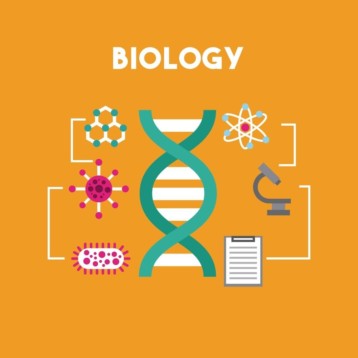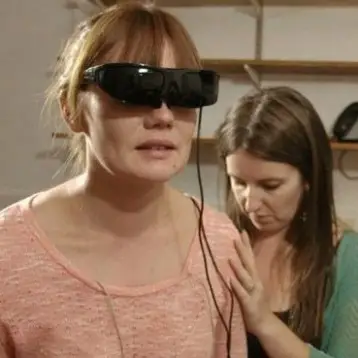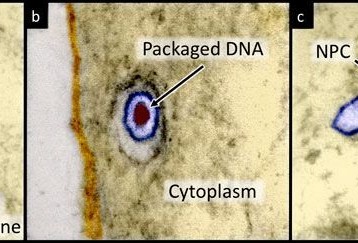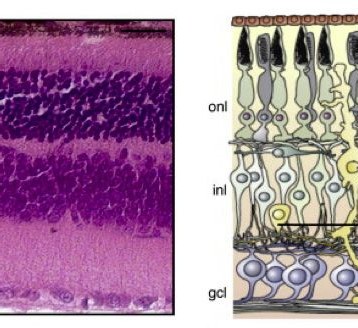|
The knowledge of the electronic properties of DNA is an important issue in many scientific fields, ranging from biochemistry to nanotechnology. For example, DNA’s electronic properties are important in the study of DNA damage by ultraviolet radiation and genetic mutations. In these cases, DNA repairing occurs spontaneously: an electronic charge transfer along the DNA helix restores the damaged molecular bonds.
In nano-bioelectronics, which is the advanced research field devoted to the study of biological molecules, it has been suggested that DNA, or its derivatives, may be used as conducting molecular wires in the realization of molecular computing networks. These wires are smaller and more efficient than those produced today with silicon technology. The knowledge that has been acquired in the Hebrew University research project may also be relevant DNA decoding projects like the Genome Project.
Five academic institutions from collaborated on this international research project; two Israeli universities – the Hebrew University in Jerusalem and the Tel Aviv University, two Italian research institutes- the S3 Center of INFM-CNR in Modena and the CINECA supercomputing center, and the University of Regensburg in Germany.
In their work, the researchers successfully decoded the electronic structure of DNA and managed to understand how the electrons are distributed in the various parts of the double helix. The scientists overcame many technical problems in order to achieve this goal. The success of this project is due to the collaboration between experimental and theoretical scientists who worked with long and homogeneous DNA molecules at minus 195 degrees Celsius. Using a Scanning tunneling Microscope (STM), the team measured a current which passed across a molecule deposited on a gold substrate. By means of theoretical calculations based on quantum equations, the electronic structure of DNA corresponding to the measured current was obtained.
TFOT recently covered the development of a Gene Chip, which enables personalized cancer treatment. You can also read “the things that make all the difference“, that discusses the great differences between people despite the fact that 99% of the human DNA is identical in every person.
More information on DNA’s electronic structure can be found on the Hebrew University website.











